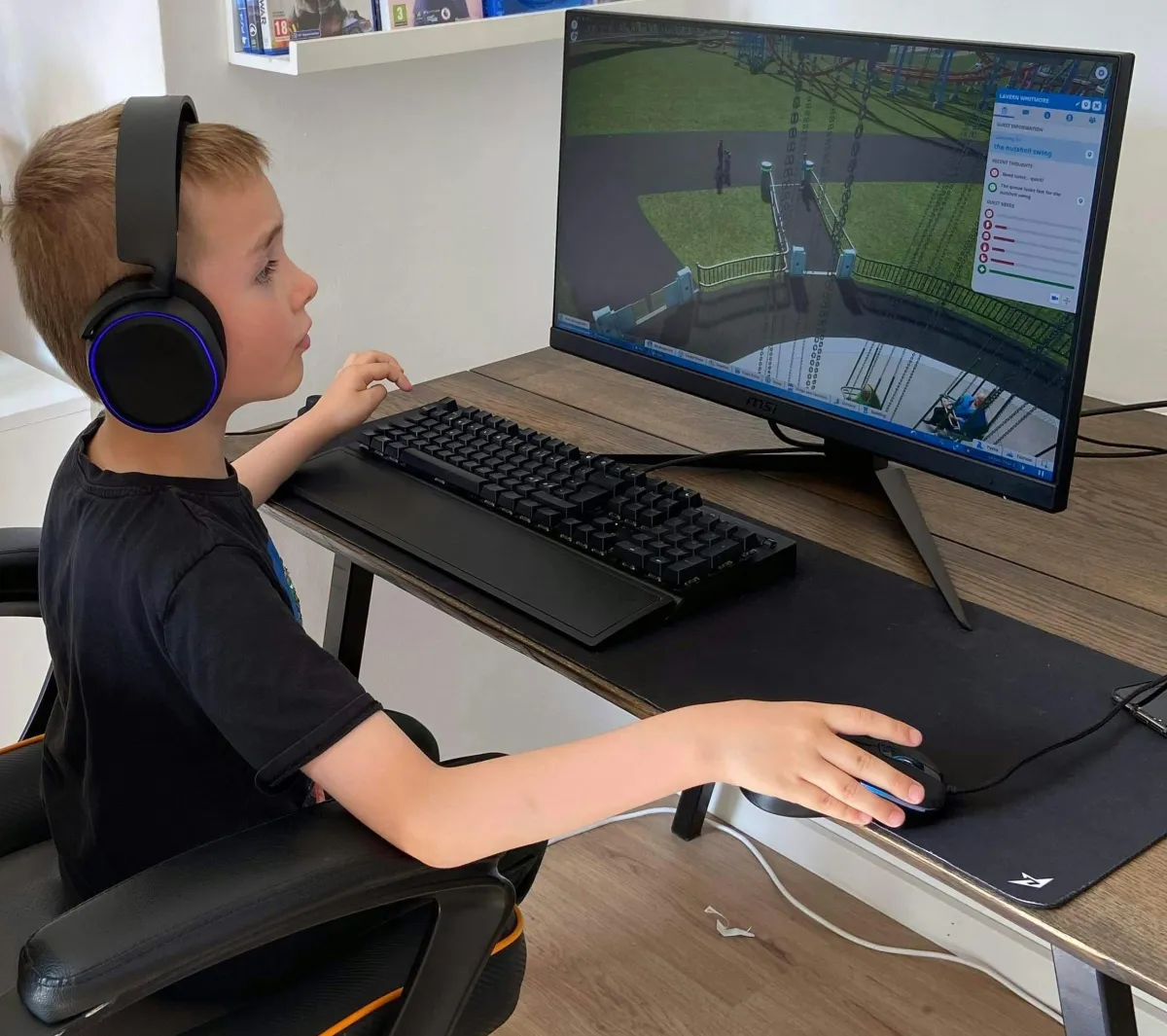
The Future of Early Childhood Education in a Digital World: A Parent’s Guide
1. Digital Literacy: The New ABCs
When we think of the ABCs, we picture letters, sounds, and numbers. But in today’s world, digital literacy—knowing how to use technology safely and effectively—is becoming just as essential. According to the Organization for Economic Co-operation and Development (OECD), children as young as preschool age are already interacting with digital devices daily.
Why it matters for parents: By supporting healthy digital habits early, you’re giving your child the tools to explore the world with curiosity while knowing how to stay safe.
2. The Rise of EdTech, AI, AR/VR, and Gamified Learning
The education technology (EdTech) industry—which includes Artificial Intelligence (AI), augmented reality (AR), virtual reality (VR), and learning games—is booming. Tools now exist that can adjust the difficulty of a game based on your child’s progress, or let them “step inside” a 3D storybook.
Why it matters for parents: These technologies can make learning magical, but the magic works best when balanced with hands-on play, outdoor adventures, and face-to-face conversations.
3. Real-World Innovations That Are Already Here
Around the world, classrooms are experimenting with tech-driven learning. In Nagpur, India, an AI-powered early childhood center uses VR headsets and interactive screens to teach everything from shapes to healthy habits.
Why it matters for parents: Technology can level the playing field, giving all children—urban or rural—access to rich learning experiences.
4. Play-Based Learning Meets Technology
The Developmentally Appropriate Practice (DAP) framework, from the National Association for the Education of Young Children (NAEYC), reminds us that children learn best through play that matches their developmental stage.
Why it matters for parents: When technology is used as a tool—not a babysitter—it can inspire creativity, deepen problem-solving skills, and complement, rather than replace, hands-on learning.
5. Teaching AI Literacy and Inclusion Early
It might sound surprising, but even preschoolers can start understanding the basics of Artificial Intelligence. Simple activities—like talking to a voice assistant or playing with a “smart” toy—can spark conversations about how computers “learn” from data.
Why it matters for parents: These small moments teach your child critical thinking and help them understand they can shape, question, and use technology to solve problems—not just consume it.
6. Balancing Tech with Social-Emotional Health
The OECD warns of “technoference”—when our devices get in the way of connecting with our children. Research shows eye contact, conversation, and shared attention are irreplaceable for building emotional security.
Why it matters for parents: No matter how advanced technology gets, your presence remains the most powerful tool for your child’s growth.
7. Parent Tips for Navigating the Digital Future
Strategy & Why It Works for Your Child:
Match tech to their age - Keeps learning developmentally appropriate and engaging without overwhelming.
Blend play and screens - Ensures kids get creativity, problem-solving, and movement alongside tech use.
Start digital literacy early - Prepares them for safe, confident tech use later in life.
Prioritize inclusion - Look for tools that work for diverse learning styles and abilities.
Model healthy tech habits - Kids copy what they see—your phone use sends a message.
Be the guide, not just the gatekeeper - Help them explore tech with you, so they learn how to use it wisely.
Conclusion: Your Role in a Digitally Rich Childhood
Technology will be part of your child’s future—there’s no avoiding it. The question isn’t whether they’ll use it, but how. As a parent, you have the power to make tech a tool for creativity, connection, and exploration, while still protecting what’s most important: their joy, curiosity, and emotional well-being.
By blending screens with sandboxes, and coding games with cuddle time, you’re raising a child who can thrive in both the digital and natural worlds.
